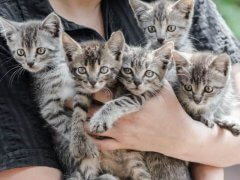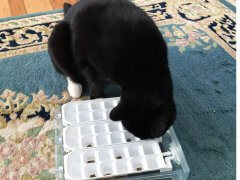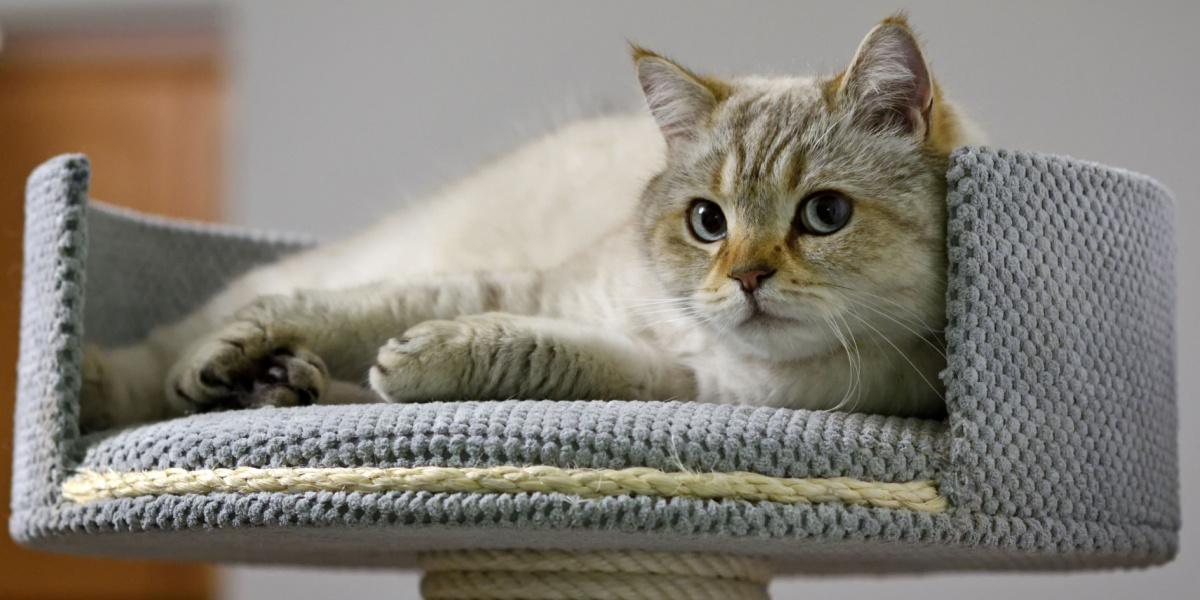
Does your cat have big, chubby cheeks? Or maybe the cat hanging around your yard is a little on the “jowly” side. Could they be unneutered males? Tomcat jowls, also known as “stud cheeks,” “stud jowls,” or “shields,” are common in intact male cats that have not been castrated.
Tomcat jowls are round, chunky, fleshy areas that appear on either side of their face in unneutered male cats, forming due to the effects of the hormone testosterone. Tomcat jowls provide protection during cat fights and neck biting, and indicate to female cats the male is a potential mate. In neutered male cats or female cats, swollen cheeks may be caused by a medical issue.Quick Overview
These features develop because their hormone levels are different from their castrated counterparts as they go through adolescence. High testosterone levels during puberty can lead to this characteristic appearance, along with all kinds of other physical traits and behaviors.
So is this change always down to hormones? Or could something else be going on? Read on to find out more about our handsome male cats!
What Do We Mean By Tomcat Jowls?
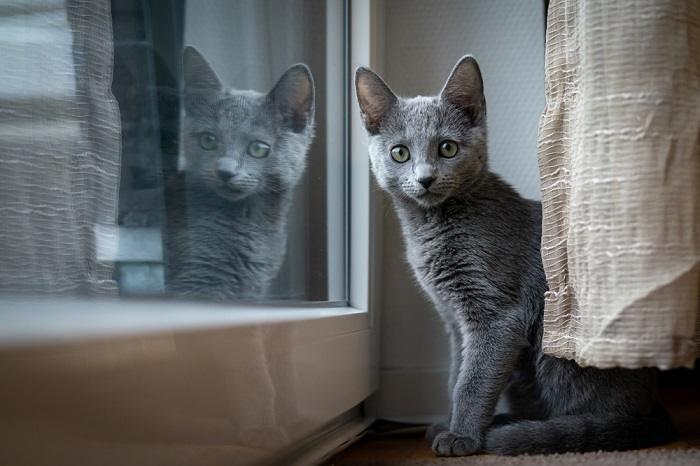
Tomcat jowls develop because of the hormone testosterone.
Tomcat jowls are the fleshy areas that appear round and chunky on either side of their face. In intact males, this is more developed due to the effects of the hormone testosterone. Their impressive jowls indicate to a female cat that she has met a potential mate.
Along with a wider neck and thicker skin, these physical traits provide protection during cat fights and neck biting, a common occurrence between territorial male cats. Tomcat jowls are nothing to worry about and can look rather handsome, but this alone should not affect your decision on neutering.
Also Read: Why Do Male Cats Have Big Heads?
Puberty In Cats
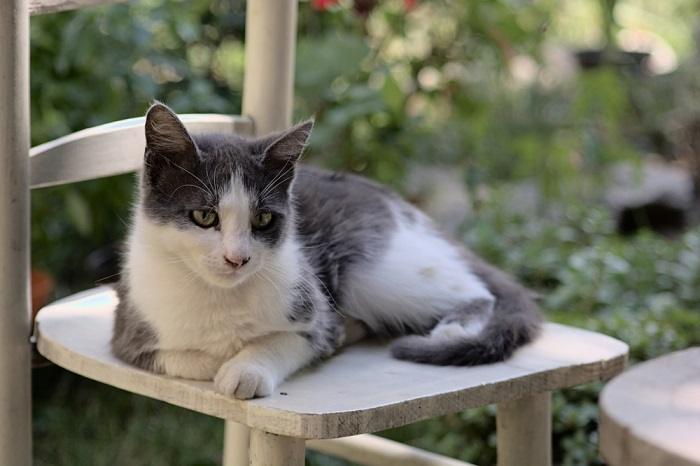
Kittens go through puberty at a much younger age than humans.
Kittens hit adolescence and can be sexually active from just 6 months old, which is incredible when you think about it! This is why it is common to neuter kittens while they are still very young before they reach sexual maturity, unless you plan to have a stud cat.
Kittens will continue to grow until they reach their full weight by 18 to 24 months of age. That’s a lot of growing under the influence of lots of hormones. Intact male cats with higher testosterone levels will be more likely to develop many other typical tomcat features. These include:
- Larger cheeks
- Thicker neck
- Bigger head
- More muscular body
- Increased body size
- Thicker skin
- A strong odor
Big, round cat cheeks develop slowly over time; not every tomcat will have them, but they can be very distinctive. As a vet, I can usually spot an entire male cat that has come into the surgery. They don’t all have the characteristic big cheeks, but they generally have a few of the features listed above. Often, the odor is a big giveaway! Tomcats also tend to have very thick skin, so giving injections through the skin can be a bit trickier.
Also Read: The Complete Guide to Bottle Feeding Kittens
Entire Male Cats Show Different Behavior
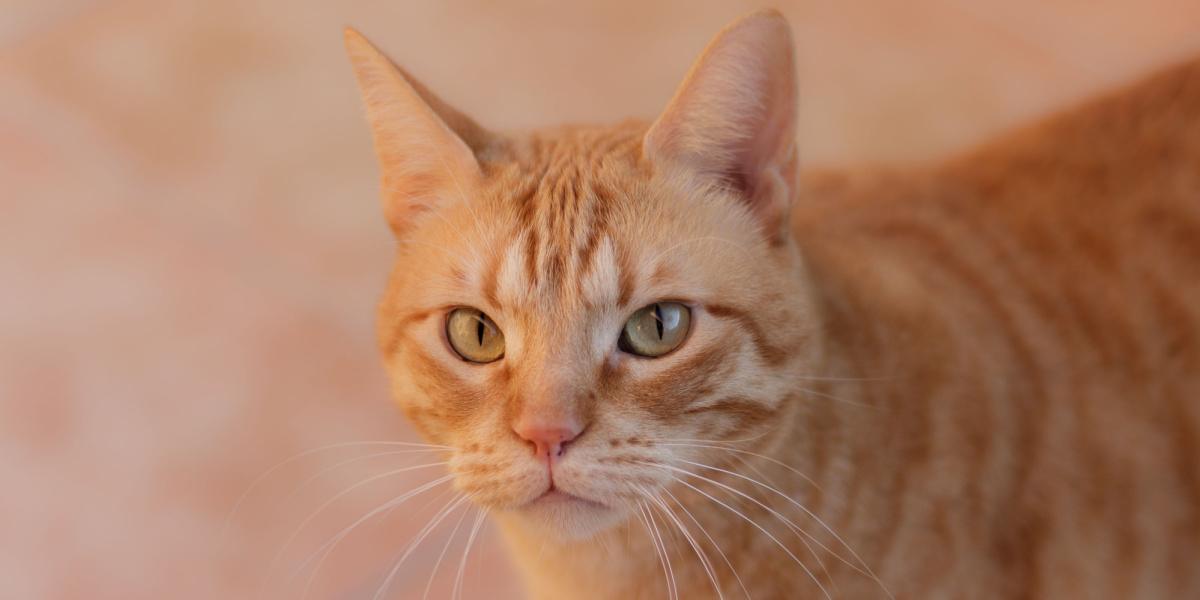
Intact male cat are often more territorial and more aggressive to other cats.
Cats that have not been neutered often behave differently than their neutered peers. Tomcats are often more territorial. They may show more aggression to other cats or may frequently urine spray around their territory. This territorial spraying might occur around your home, and their urine has a powerful and nasty smell.
If they encounter other cats, you may see signs of fighting—especially if they go out at night. Common injuries include wounds and abscesses (a wound that has become infected and swollen as the area fills with pus). In addition, your male cat will be looking for a mate. This might lead him to roam a little further than you expect.
Tomcats may go missing for long periods while roaming and might be more likely to get hurt, lost, or injured. So, as you can see, there may be indirect health benefits to castrating your male cat.
Also Read: How Do Cats Mark Their Territory?
Other Causes Of Large Cheeks In Cats
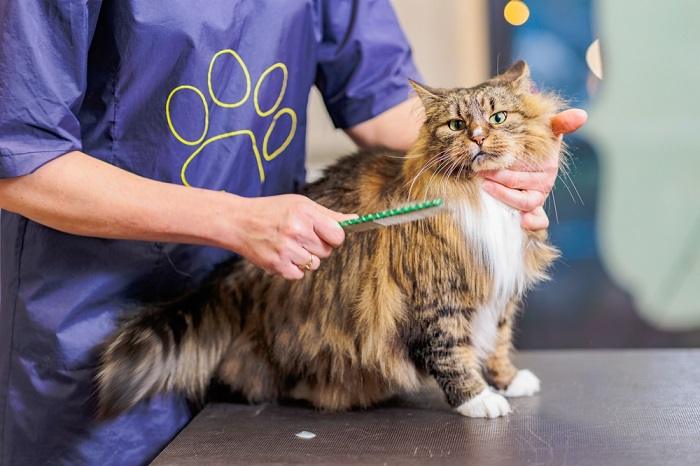
In neutered male cats or female cats, swollen cheeks may be caused by a medical issue.
But what if you have noticed what looks like tomcat cheeks on your cat, and he is not a tomcat? Could there be something else going on? Well, if this is a new or sudden change to your cat’s face, there could be another issue developing. Cats will often get abscesses on their faces after a fight with another cat or perhaps secondary to dental disease.
Some cats will get sudden general swelling due to a food or environmental allergy. Older cats can develop tumors on their face or in their mouth which can cause significant swelling. Tylenol toxicity is a more unusual reason a cat might have a swollen face.
The changes can be rapid and dramatic with toxicities, and an urgent trip to the emergency room is required. No matter the cause, any new facial swelling is a concern and should be checked by a visit to your veterinarian.
If your cat has always had a larger face but was neutered young, there is a small possibility that they may have acromegaly. This is a hormonal condition affecting part of the brain called the pituitary gland. The disease causes excess production of growth hormone, and cats with acromegaly tend to develop diabetes mellitus.
You can read more about diabetes and acromegaly here. Diabetic cats will have lots of other symptoms, too (excessive thirst and hunger, weight loss, lethargy, and more), so be sure to chat with your vet if you are worried.
Also Read: Can Cats Sense Pregnancy?
Final Words
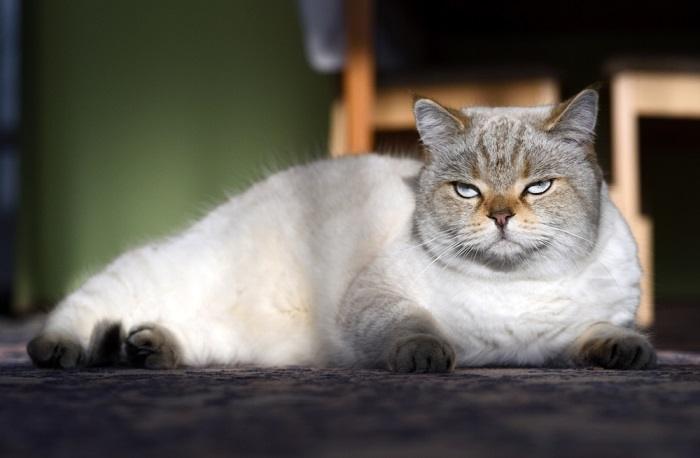
When it comes to neutering, the behavioral benefits and the impact on the stray cat population generally outweigh any negatives.
Neutering cats is a complex and contentious subject, but generally, the behavioral benefits and the impact on the stray cat population outweigh any negatives. That said, whether your male cat is neutered or not, they still make wonderful companions, and of course, they are all super-handsome in their own right!
Also Read: How Much Does It Cost Spay or Neuter A Cat?
Frequently Asked Questions
What makes a male cat a tomcat?
It’s simple, really. An unneutered adult male cat is is a tomcat. If the cat is later castrated, he is no longer a tomcat. However, it can be confusing when the cat is not quite an adult or is neutered later in life.
How can I tell if my cat is a tomcat?
Suppose you’ve noticed some of the described physical features and are unsure whether your cat has been neutered. Cats often come into our lives out of the blue, and their medical history can be a complete mystery. Most animal shelters will neuter male cats, but this is not always the case.
If you're not sure, it's usually easy to check. Gently lift your cat’s tail, and look underneath, just below the anus. Intact males will have two small, firm swellings. If the male cat has been neutered, there will be nothing there. Occasionally, an adult male cat will have a testicle that has not descended fully and is still within the cat’s abdomen. However, it is rare for this to happen to both testes.
If you are still not sure, schedule a vet check. If there is any question of retained testicles, your vet may offer you a blood test to check your cat’s testosterone levels.
Do tomcat jowls go away?
Not really. If cats develop tomcat cheeks and then undergo gonadectomy (neutering) as adults, they tend to keep their handsome jowls! However, this can vary, and they may reduce significantly or not at all. If you have a neutered rescue cat with these distinctive features, it is likely that he was neutered as an adult.
Will neutering my cat make him smaller?
Cats that have been allowed to grow to adulthood without neutering may have a slightly larger bone structure and muscle mass. Neutered cats are more likely to gain weight and become obese.
Therefore, neutered males may appear larger as a result. Studies suggest that obesity in neutered male cats is linked to hormone changes that drive hunger. However, many other factors, including metabolic and behavioral changes, might also influence their weight and size.
-
https://icatcare.org/advice/diabetes-mellitus/ Retrieved September 15 2022
-
Spain CV, Scarlett JM, Houpt KA. (2004). Long-term risks and benefits of early-age gonadectomy in cats. Journal of the American Veterinary Medical Association. Feb 1;224(3):372-9. Retrieved September 15 2022
-
https://www.vet.cornell.edu/departments-centers-and-institutes/cornell-feline-health-center/health-information/feline-health-topics/feline-behavior-problems-house-soiling Retrieved September 15 2022
-
Wei A, Fascetti AJ, Kim K, Lee A, Graham JL, Havel PJ, Ramsey JJ. (2014). Early effects of neutering on energy expenditure in adult male cats. PLoS One. Feb 26;9(2). Retrieved September 15 2022
